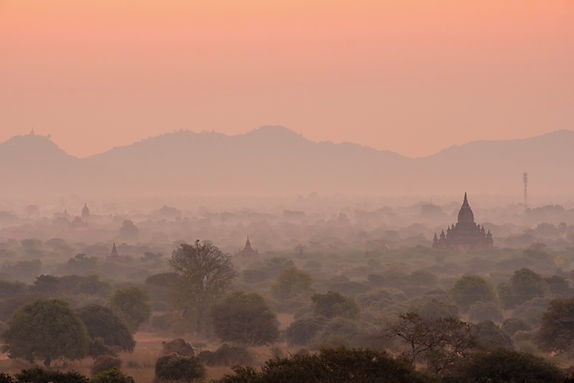READING GROUP GUIDE
for The Missing Brotherhood
1. The opening line of this book begins with an introduction that includes the line “Sixteen centuries ago, at a Buddhist temple hidden away in the forests of Sri Lanka, a yellow-robed monk prepared to inscribe a secret history riddled with clues about a global mystery and a new beginning for humanity.” How does this set up the book and what is to come for global humanity at that time? After reading the book, what does it mean to have "a new beginning for humanity”?
2. How does the initial conflict within Buddhist brotherhood help shape a new legacy for India and a new global humanity? The first map in the book, entitled "Monumental Transformations of Societies circa 260 BC -200 BC" highlights six regions. How did each of the six regional societies transform during that time? In what ways were those transformations guided by the theme "How can I elevate them"? How has this theme spread beyond the time of the missing monks?
3. It has been more than 2,200 years since the events described in this book. How did the various societies around the world preserve remnants of those events and of that era? What does it tell you about the differences in culture that the societies preserved this history in different ways? Do you think these cultural differences still hold true today --- not just for preserving history but in understanding culture?
4. Each of the six regional societies --- and the peoples and cultures therein --- change and evolve over time. Aside from the missing monks from India, in which societies were monumental transformations driven by the common people versus transformations driven by leaders? In general, do you think such changes, despite what might drive the change, are a natural and common phenomenon? In our modern societies, what societal-wide changes have you seen, what has driven those changes, and have any changes spread worldwide?
5. Monte writes about bettering humanity. However, some people might argue that the transformations inspired by the missing monks could be a negative for transformed societies and their cultures rather than a positive. Do you interpret the cultural changes in this book to be negative or positive? In what ways could the changes be both a negative and a positive? How do the six regional societies benefit from new information brought by the missing monks? Share how new information you are exposed to can be both a positive and a negative for you personally or for society in general.
6. The discovery revealed in this book runs counter to what many people have been taught or what they know about the six regional societies. Do you find it challenging to accept new information that runs counter to the history you have learned? Specific examples in Chapter 15 and the Epilogue reveal how we've had to correct and revise our understanding of history over time, including about indigenous peoples and far-away societies in which we may have changed our perspectives after learning more about their peoples and cultures. While much of ancient history is lost forever, this book brings forward for the first time ancient people's names, conversations, journeys, relationships, and the impacts they had. For you personally, does this book bring about a new appreciation of cultures around the world?
7. Many of the characters described in this book --- the missing monks, Ashoka, China's First Emperor --- made enormous accomplishments within their short lives. For the monks, it was a directive and vision given to them that they clearly took to heart. For Ashoka and the First Emperor, they both had personal transformations that led to changes in their own lives which they then used to fuel positive changes for the common people. What message are these characters trying to convey to other people and to humanity? Monte considers that discovering the drive to achieve our vision is something true across cultures and time. Do you agree? How has this played out in your life, if at all?
8. The missing monks had a global mission "to bade the kings all over the earth to build viharas." That's a lifetime mission and quite different than what other Indian ascetics were doing at that time. But it was common for monks in India to, as Buddha had said, "to wander for the gain of the many". That meant that their direction in life was to help many other people through kindness, compassion, and their teachings. In our modern times, it is rare to see wandering monks or ascetics that are driven just to help other people. You can see remnants of this millennia-old culture in Asia. In your life and culture, where do you find the modern-day teacher who is there just to help others? Do you see yourself in them?
9. The ancient celebration called the "Descent of the Gods" was a reenactment of Buddha's descent from Heaven back down to Earth after his enlightenment. In what ways did this celebration become a part of other cultures around the world? Enlightenment is an often-misunderstood term where it's only achieved by great sages. But that's not true. We all may experience an enlightenment or awakening in various ways. In what ways have you become "awakened" or "enlightened"? How did it come about for you, and what happened after?
10. Monte was inspired to write this book from his travels around the world, discovering fragments of a forgotten past. How has traveling either domestically or internationally helped you discover new things about the world and about yourself? Have you found new ideas or inspiration by seeing new places or being exposed to new cultures?
